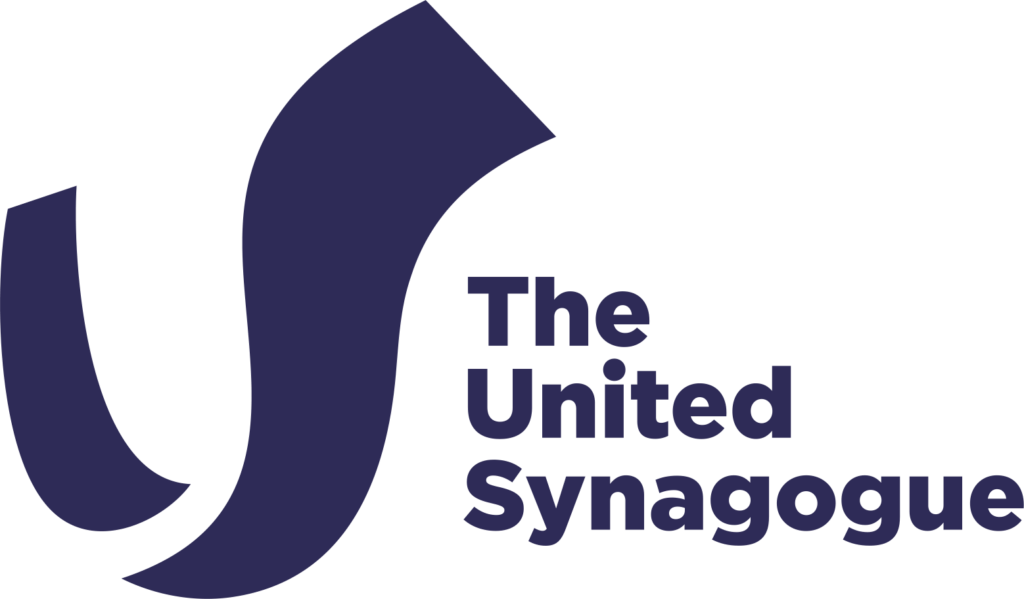By Raisel Freedman, Graduate of Chief Rabbi’s Ma’ayan Programme
When Esther is first introduced at the beginning of the Megilla, we are told that she “did not reveal her people… for Mordechai had told her not to reveal it” (Esther 2:10). This seems to convey her as a person who was passive and willing to do as instructed. As the story progresses, we find her sitting in isolation in Achashverosh’s palace, having no idea of the troubles impacting her people. Even once she found out what had been happening, Esther was reluctant to take action. Mordechai had to warn her: “If you keep silent at this time, relief and deliverance will come to the Jews from another quarter, while you and your father’s house will perish” (4:14).
This impression does not seem consistent with Esther’s reputation as the brave heroine of the Purim story. In fact, the Talmud reports that she was held in such high esteem by the halachic sages of the time that they responded positively to her instruction to “establish [her Megilla] for future generations” (Talmud Megilla 7a). How did she transform from a passive individual into such a heroine?
When Mordechai asked her not to keep silent “at this time” of crisis, Esther was galvanised into action. She began to take initiative. Esther’s next words to Mordechai reflect a powerful Jewish response to a crisis, through the prism of teshuva (repentance): the realisation that we must review our personal and national shortcomings so that we build a better society.
In order for Esther to approach the King in order that he enact change, she needed their teshuva behind her as well. The role reversal of Esther and Mordechai became complete when the verse tells us that, after she had told him to command the people to fast, “Mordechai did just as Esther had commanded him” (4:17).
Esther’s subsequent tears of prayer and fasting directly correlate to the holy service of another day of the year – Yom Kippur. In the Torah, Yom Kippur is referred to as ‘Yom Hakippurim’. The Zohar, the central work of Jewish Mysticism, states that this alludes to Yom Kippur being a day ‘Ke-Purim’ i.e. similar to Purim. The similarities between Purim and Yom Kippur extend beyond the name, to the actions of the day – repentance, prayer and charity.
The Jews heeded Esther’s call and embarked on the process of teshuva, as well as crying out in tearful supplication, prayer and fasting for Esther’s success. This is also how we try to approach Yom Kippur, a day with a propensity and power for teshuva. The Rambam (Maimonides d. 1204) writes in connection to the mitzvah of teshuva that a person who earnestly tries to better their ways can truly transform themselves. In Esther’s case, it seems that she achieved this dramatic change, prompted by the national crisis that she was witnessing.
We hope that this year, even without such an impetus, we can emulate Esther’s change and harness the teshuva process in its full force.

